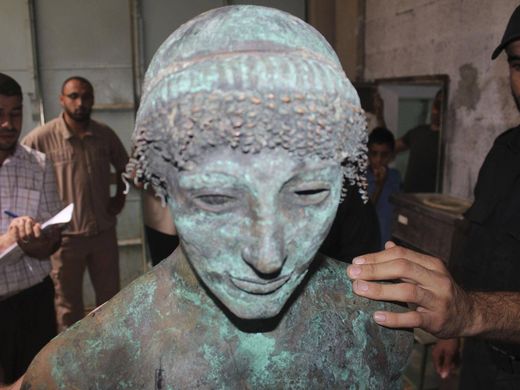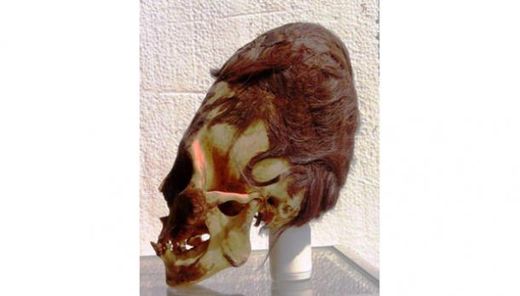
© Reuters Lost for centuries, the rare bronze statue of the Greek God Apollo has mysteriously resurfaced in the Gaza Strip.
Lost for centuries, a rare bronze statue of the Greek god Apollo has mysteriously resurfaced in the
Gaza Strip, only to be seized by police and vanish almost immediately from view.
Word of the remarkable find has caught the imagination of the world of
archaeology, but the police cannot say when the life-sized bronze might re-emerge or where it might be put on display.
A local fisherman says he scooped the 500kg (1,100lb) god from the seabed last August, and carried it home on a donkey cart, unaware of the significance of his catch.
Others soon guessed at its importance, and the statue briefly appeared on eBay with a $500,000 (£300,000) price tag - well below its true value. Police from the Islamist group
Hamas, which rules the isolated Palestinian territory, swiftly seized it and say they are investigating the affair.
Archaeologists have not been able to get their hands on the Apollo - to their great frustration- and instead must pore over a few blurred photographs of the intact deity, who is laid out incongruously on a blanket emblazoned with Smurfs.
From what they can tell, it was cast sometime between the 5th and the 1st century BC, making it at least 2,000 years old.



Comment: See also:
DNA analysis of Paracas elongated skull finally complete - with incredible results
Elongated human skulls of Peru: Possible evidence of a lost human species?